Have you ever wondered if your cat is truly happy or just tolerating your presence? Cat lovers know that our feline friends are mysterious, often hiding their emotions behind a cool exterior. But when a cat is genuinely happy, their behavior changes in surprising, sometimes heartwarming ways. If you pay close attention, you’ll notice subtle and not-so-subtle signs that reveal your kitty’s inner joy. Get ready to explore the delightful world of feline happiness—how many of these behaviors have you spotted in your cat?
They Greet You at the Door With Enthusiasm

A happy cat often develops a habit of meeting you at the door when you come home. It’s not just about food or curiosity—this greeting is a show of trust and affection. When your cat trots over, tail held high and eyes bright, it’s their way of saying, “You matter to me.” Some cats may even meow, chirp, or rub against your legs, eager for a moment of connection. Unlike the aloof reputation cats sometimes have, a joyful welcome is a sure sign your pet feels secure and content in your presence. Notice their body language: a relaxed tail, slow blinks, and gentle headbutts are all positive signals. Even a shy cat might peek from behind the couch, watching you with interest as you enter. These greetings are little celebrations, proving your cat’s happiness is tied to your relationship.
Purring Becomes Deeper and More Frequent

While cats purr for many reasons, a truly happy feline’s purring is unmistakable. It’s deeper, more resonant, and often appears during moments of contentment. You’ll notice your cat curling up on your lap, kneading their paws, and purring loudly as if to say, “All is well in my world.” This isn’t the anxious, high-pitched purr you might hear at the vet. Instead, it’s a soothing, rhythmic sound that seems to vibrate with peace and satisfaction. Sometimes, the purring even starts before you pet them, just because they’re happy you’re near. Listen closely: a happy cat’s purr is like a little motor running on pure joy. When you hear it, you can be sure your kitty feels comfortable, safe, and loved.
They Knead With Their Paws Like a Kitten

Kneading is one of the most adorable behaviors a cat can display, especially when they’re truly happy. This action, often called “making biscuits,” harks back to kittenhood, when nursing kittens knead their mother’s belly to stimulate milk flow. Adult cats who knead are expressing deep-rooted comfort and trust. If your cat climbs into your lap and starts rhythmically pressing their paws into your clothing or a soft blanket, take it as a compliment! This is their way of saying they feel safe and content. Sometimes, a happy cat will even purr or drool a little while kneading, lost in a blissful trance. Not all cats knead, but when they do, it’s a touching sign of happiness and a reminder of their loving bond with you.
Slow Blinking Shows Trust and Affection
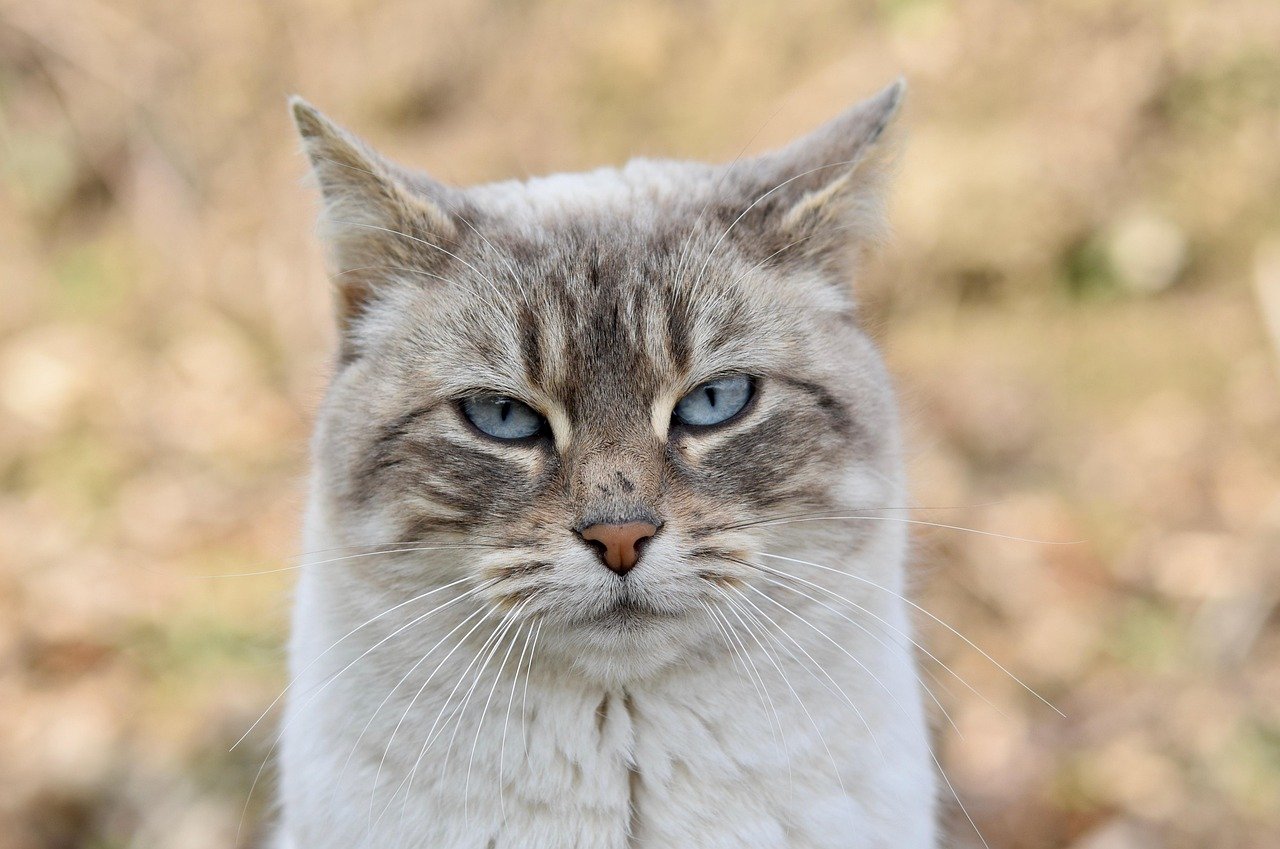
Cats communicate a wealth of emotions through their eyes. When a cat is truly happy, you might notice them giving you what’s known as a “slow blink.” This behavior is sometimes called a “kitty kiss.” It’s a gentle, deliberate closing and opening of the eyes, conveying relaxation and affection. In the wild, closing their eyes makes cats vulnerable, so when your pet slow blinks at you, it’s a huge vote of confidence. Many experts suggest returning the slow blink—try it, and you might notice your cat responding in kind. This silent conversation is a sign that your cat feels safe, loved, and completely at ease in your presence. It’s one of the most subtle, yet profound, ways cats show they’re happy.
They Expose Their Belly—And Sometimes Even Let You Rub It

Few gestures are more charming than a cat flopping over and exposing their belly. This vulnerable posture means your cat feels completely safe and trusts you deeply. In the wild, a cat would never show their unprotected underside unless they were surrounded by absolute safety. If your cat not only shows you their tummy but also lets you stroke it, you’ve reached the pinnacle of feline trust. Some cats may playfully swat or squirm, but the initial gesture is always one of happiness. Watch for relaxed limbs, soft eyes, and gently waving tails during these moments. Even if your cat doesn’t want a belly rub, just the act of rolling over and stretching out is a clear signal of joy and contentment.
Playfulness Returns—Even in Older Cats
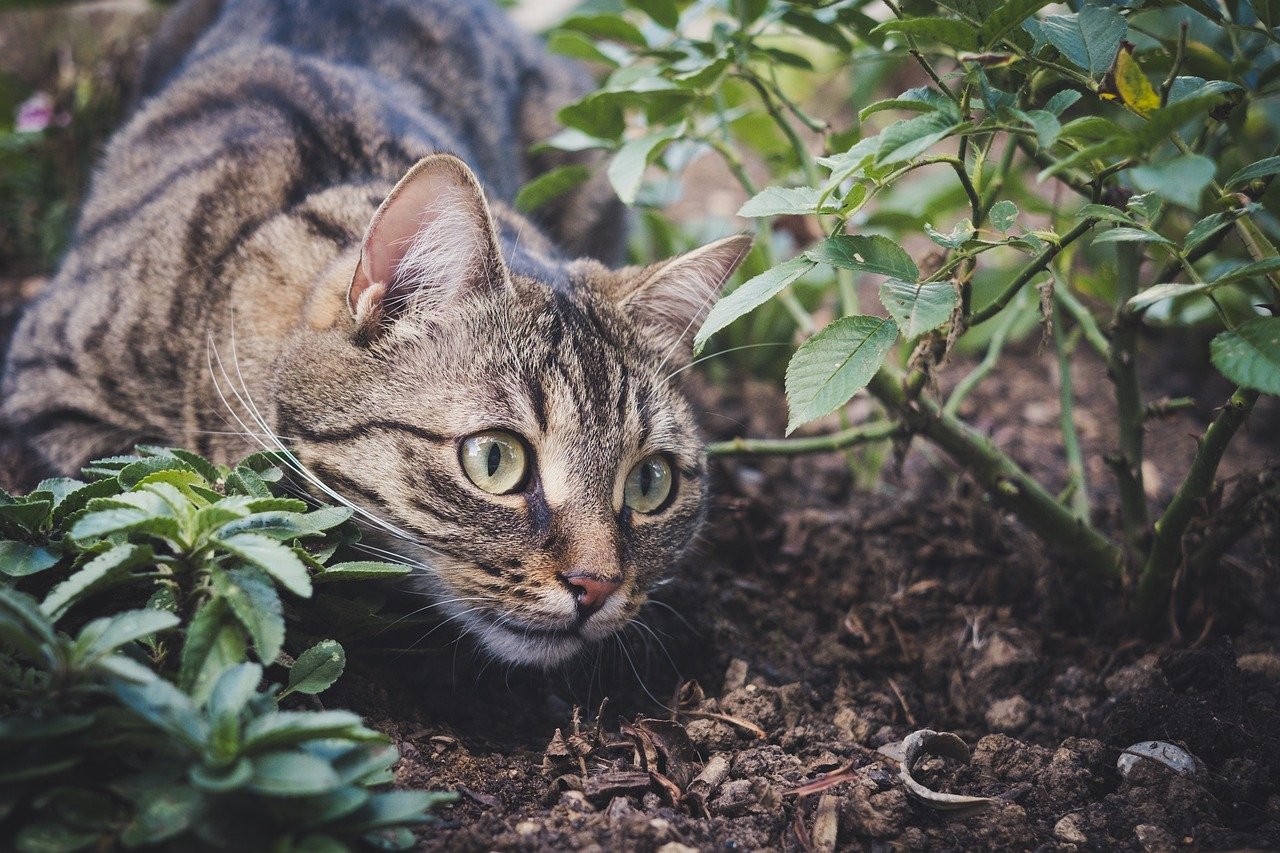
A truly happy cat maintains a sense of playfulness, no matter their age. You’ll notice spontaneous sprints down the hallway, surprise attacks on unsuspecting toys, and even the classic “zoomies” at the most random times. This energetic behavior isn’t just for kittens—senior cats also get the urge to chase, pounce, and bat at things when they’re feeling good. Keep an eye out for playful ambushes, tail flicks, and sudden bursts of energy. Play is an outlet for joy and a sign your cat is both physically and emotionally fulfilled. Providing a variety of toys and interactive playtime strengthens your bond and keeps your happy cat engaged. If your older cat suddenly wants to chase a feather wand, it’s a sure sign of a happy heart.
They Follow You Around Like a Shadow

When cats are truly happy, they want to be close to you—even if it means trailing you from room to room. If your cat follows you into the kitchen, bathroom, or anywhere else, it’s their way of saying, “I love your company.” Some cats will flop down nearby, while others perch on windowsills or chairs to keep you in sight. This devotion, often mistaken for curiosity or nosiness, is actually a clear sign of a strong, happy bond. They may not demand attention, but their presence is a silent statement of trust and affection. Sometimes, your cat will even meow softly or chirp, as if to keep the conversation going. Having a feline shadow is one of the most heartwarming experiences for any cat lover.
Grooming Becomes More Thorough and Social
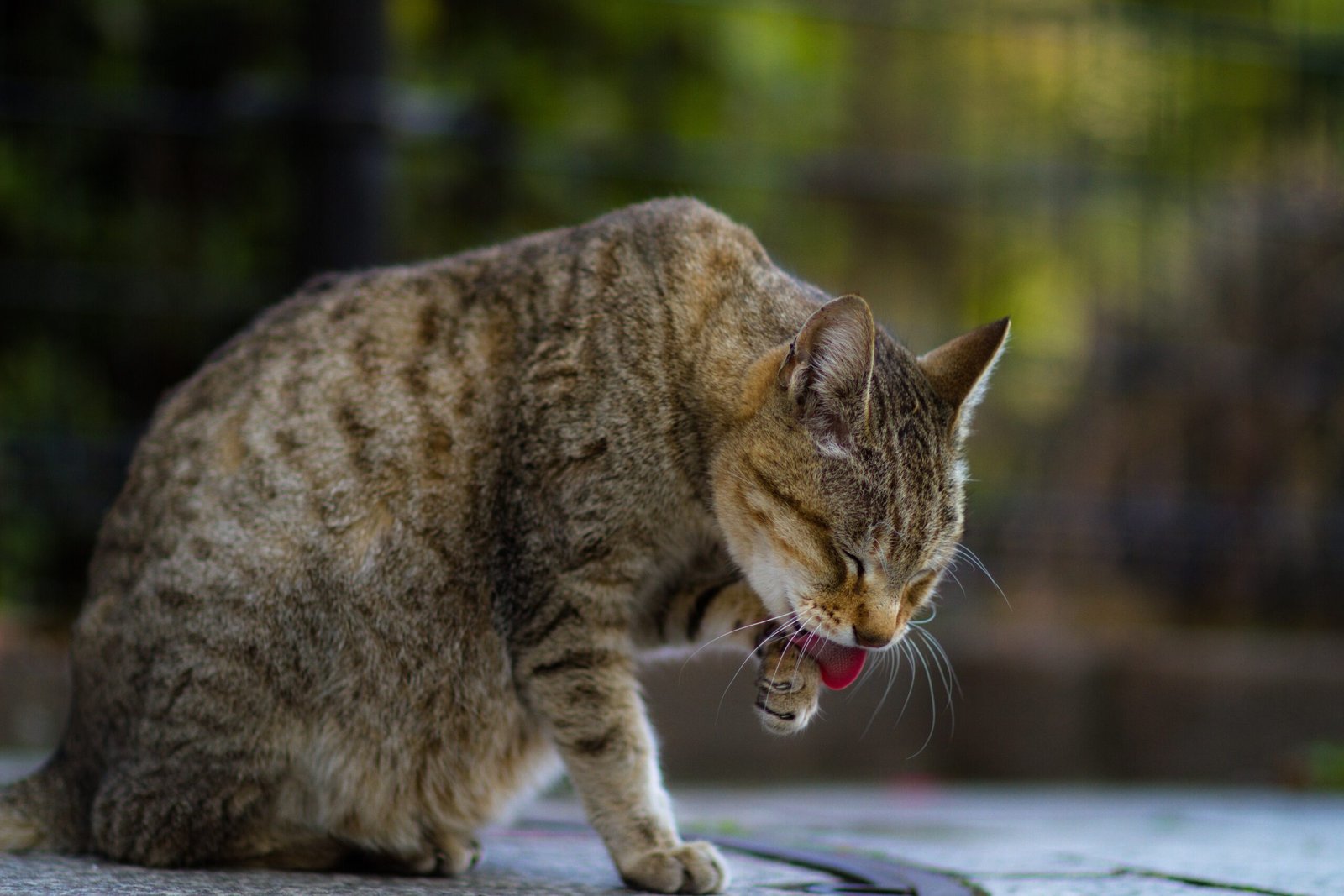
A happy cat takes pride in their appearance, grooming themselves regularly and with gusto. If your cat looks sleek, shiny, and well-cared-for, it’s a sign they’re feeling good. But happiness goes beyond self-care—truly content cats often engage in social grooming with their favorite humans or other pets. You might notice your cat licking your hand, arm, or even your hair, imitating the way they groom fellow felines. This behavior, known as “allogrooming,” is a mark of deep affection and social bonding. Cats that are anxious or unhappy may neglect grooming, so an immaculately clean cat is usually a content one. Watch for mutual grooming between cats, too—it’s a strong indicator of a harmonious, happy household.
Chirps, Trills, and Chatter Add to Their Vocal Repertoire
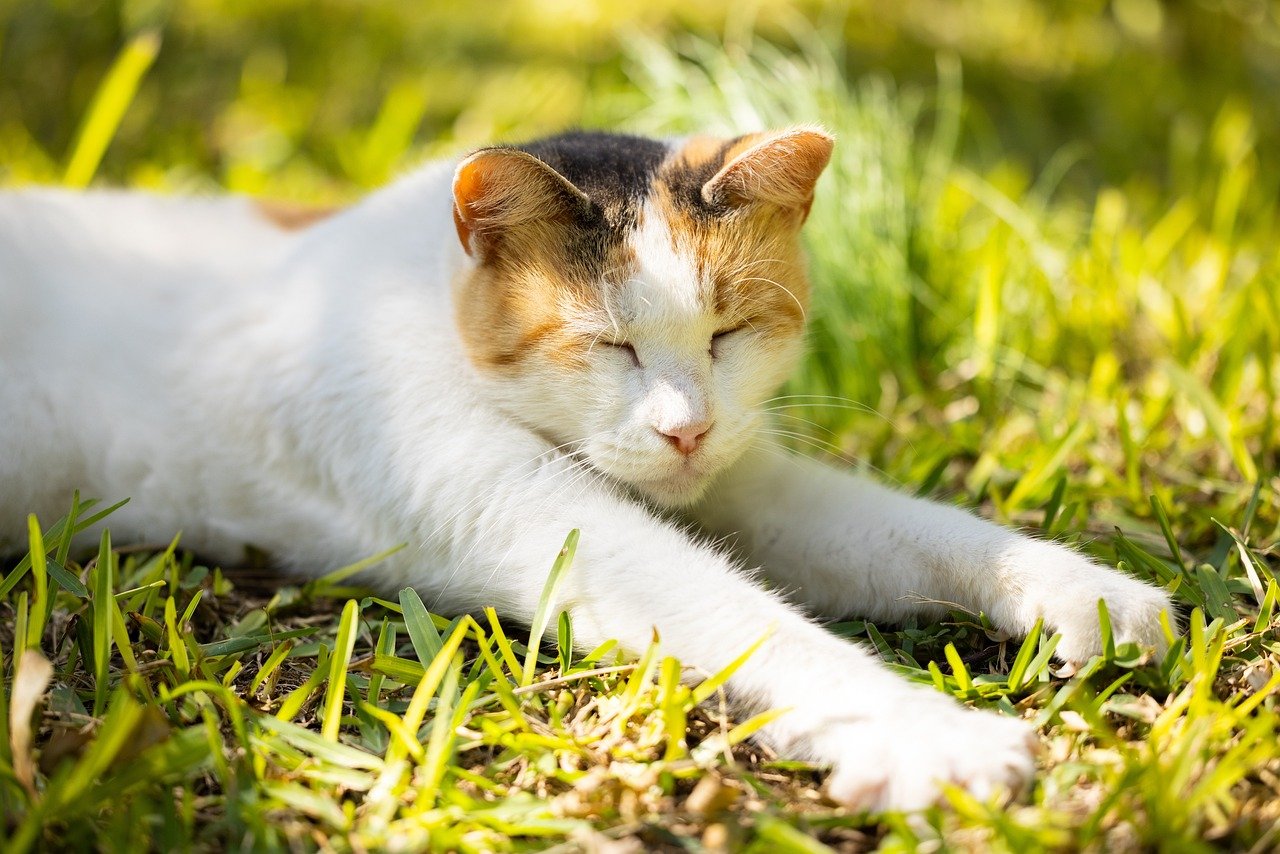
Happy cats don’t just meow—they have a whole symphony of sounds to express themselves. You might hear your cat chirping at birds outside the window, trilling as they greet you, or chattering excitedly when watching squirrels. These playful vocalizations are a sign of joy and excitement. Each cat has a unique way of communicating, but these extra sounds often surface when they feel stimulated, safe, and happy. Some cats even develop a special “happy meow” that’s softer or different from their normal voice. Pay attention to when your cat makes these noises; they’re often reserved for moments of genuine contentment or anticipation, like playtime or mealtime.
They Bring You “Gifts”—Sometimes Even Their Toys
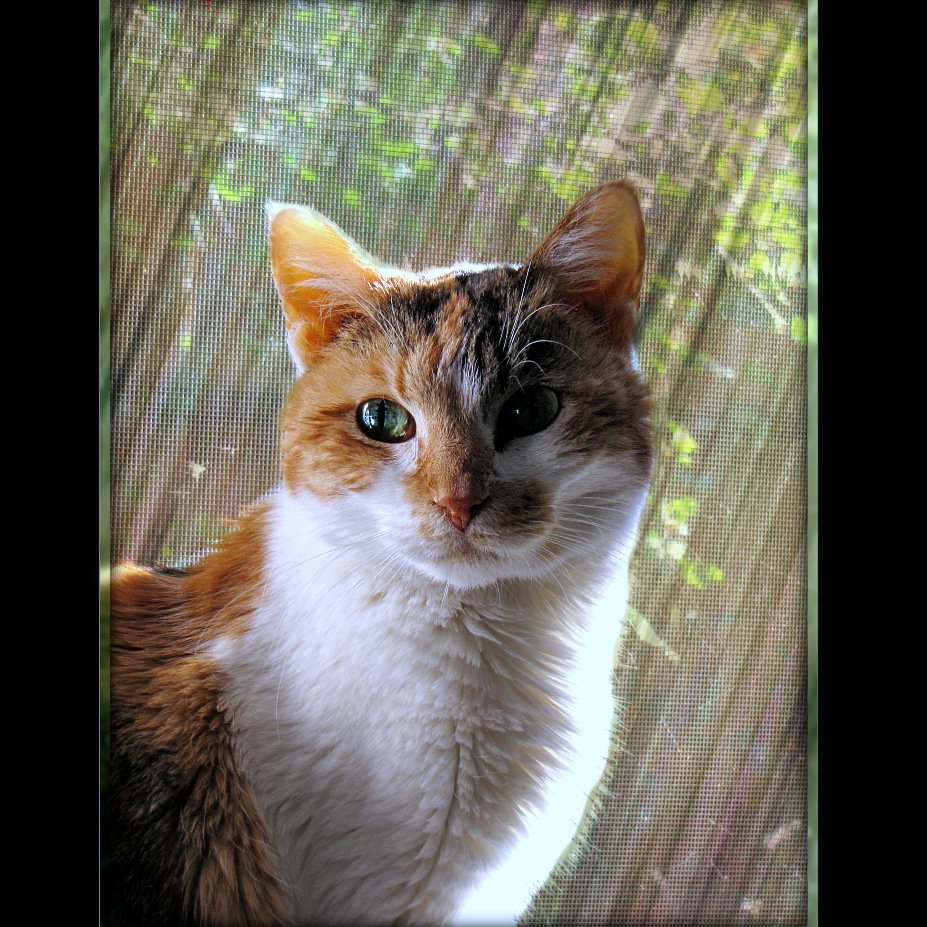
It might be shocking or even a little gross, but when your cat brings you a gift, they’re showing off their happiness and affection. Outdoor cats may deliver mice, birds, or insects, while indoor cats often present their favorite toys. This behavior is rooted in their natural hunting instincts, but it’s also a sign they see you as part of their family. By sharing their “catch,” your cat is inviting you into their world, wanting to contribute to the household or simply share in their excitement. It’s their unique way of saying, “I care about you.” Even if you don’t appreciate the gesture, remember it comes from a place of happiness and strong attachment.
Happy Tails Tell Their Own Story
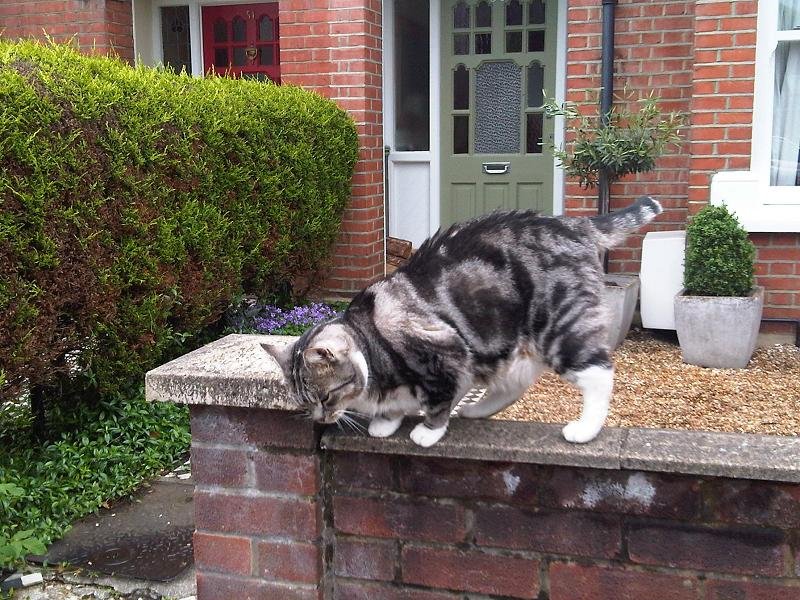
A cat’s tail is a powerful indicator of their mood. When cats are truly happy, their tails often stand tall, sometimes with a gentle curl at the top—a “question mark” shape. You’ll also notice relaxed tail movements, soft swishes, and even little quivers when they’re especially excited to see you. A tail wrapped around your arm or leg is another sign of affection. On the other hand, a tense, bristled, or thrashing tail usually means stress or agitation. So next time you see your cat’s tail held high, wagging gently, or curling around you, take it as a sign of their inner joy and confidence.
They Settle Near You—But Not Always On You
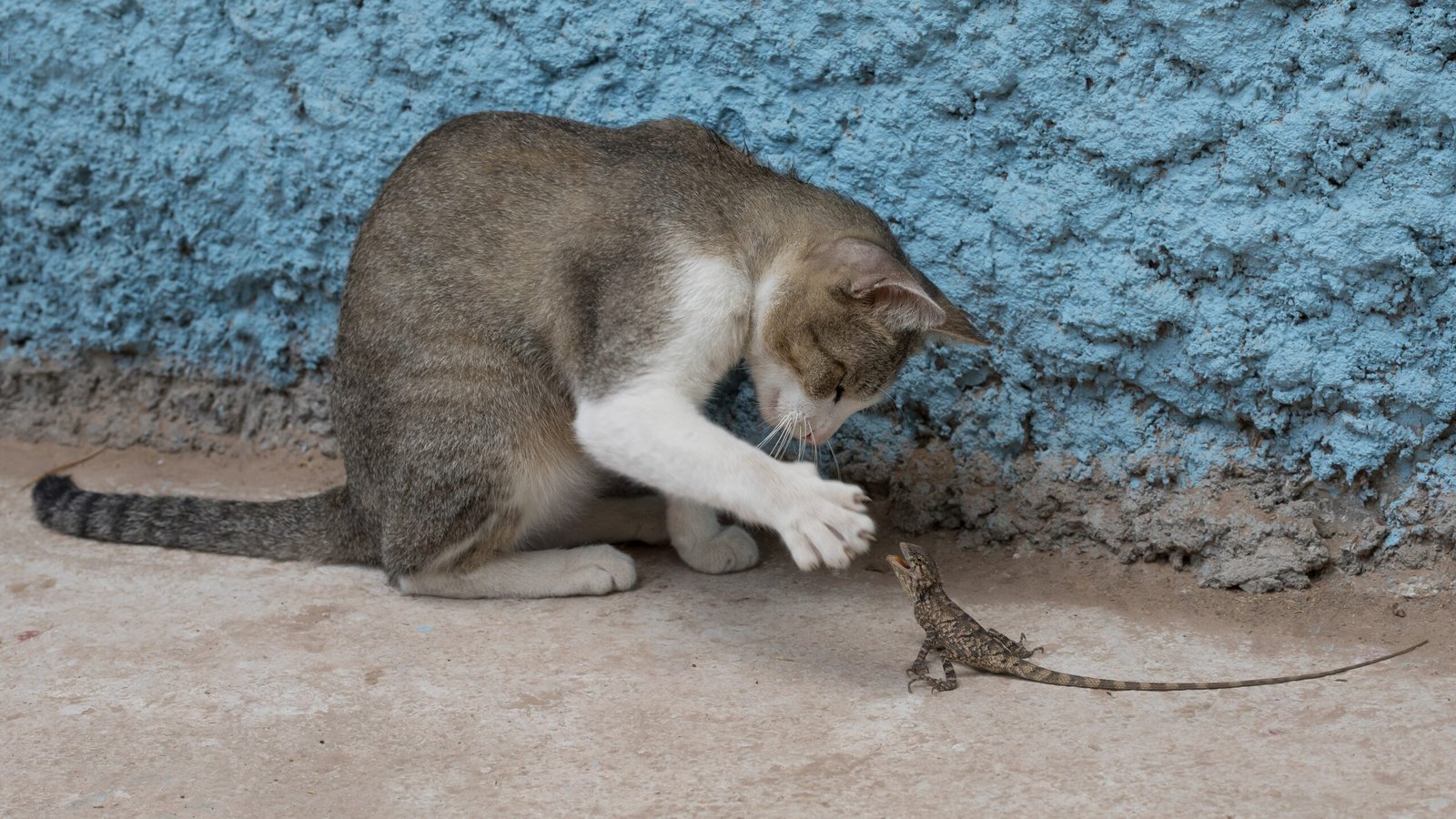
You might think a happy cat always wants to sit on your lap, but sometimes happiness means simply being nearby. Many content cats choose to sprawl on the couch next to you, stretch out at your feet, or settle just within arm’s reach. This “companionable distance” is a hallmark of feline happiness—they want to be close without feeling pressured. You’ll often see a relaxed posture, with limbs extended and eyes half-closed. Some cats even pick their favorite spot in the house just because it’s close to where you spend time. Respecting your cat’s desire for space while enjoying their presence is key to maintaining their happiness.
They Display Their Whiskers Forward in Curiosity

Whiskers are more than just facial decorations—they’re an emotional barometer for cats. When a cat is truly happy and curious, their whiskers point forward, away from the face. You’ll notice this when they’re exploring a new toy, watching birds, or greeting you at the door. Forward whiskers signal interest, engagement, and a positive emotional state. In contrast, whiskers pulled back against the face often indicate stress or fear. So, if you catch your cat’s whiskers perked and forward, it’s a sure sign they’re feeling playful and delighted by their surroundings.
They Give Gentle Headbutts and Face Rubs
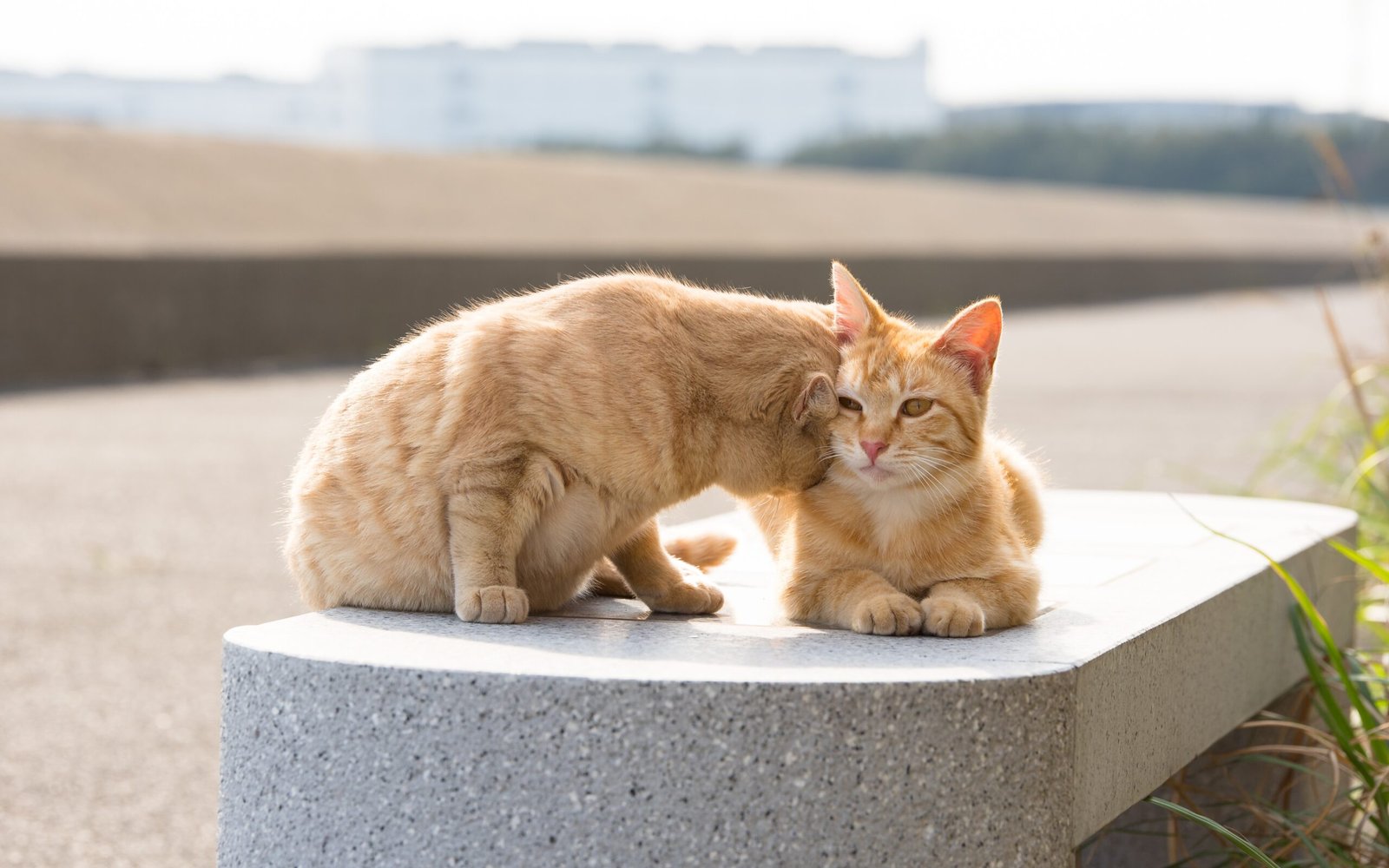
Nothing says “I love you” quite like a cat’s headbutt. Known as “bunting,” this behavior involves your cat gently pressing their forehead or cheeks against you. It’s not just a sign of affection—it’s a way for them to mark you with their scent, further bonding you together. Face rubbing against your hands, legs, or even your face is another strong signal of happiness. Happy cats love to share their scent, claiming you as part of their trusted circle. This behavior is especially touching because it’s reserved for those they feel safest with. If your cat greets you with a headbutt, cherish it—few gestures are more genuine.
They Stretch Out Luxuriously Without a Care

When cats are happy, they feel comfortable enough to fully relax, often stretching out in the most dramatic poses. You’ll see them lying on their backs, legs splayed, or even twisted into pretzel shapes that defy logic. This uninhibited behavior is a clear sign they feel safe and at ease in their environment. It’s not uncommon to spot a happy cat sunbathing in a patch of sunlight, belly exposed, eyes closed in bliss. These sprawling stretches are both adorable and telling—your cat is living their best life and wants you to know it.
They Show Interest in Exploring Their Environment
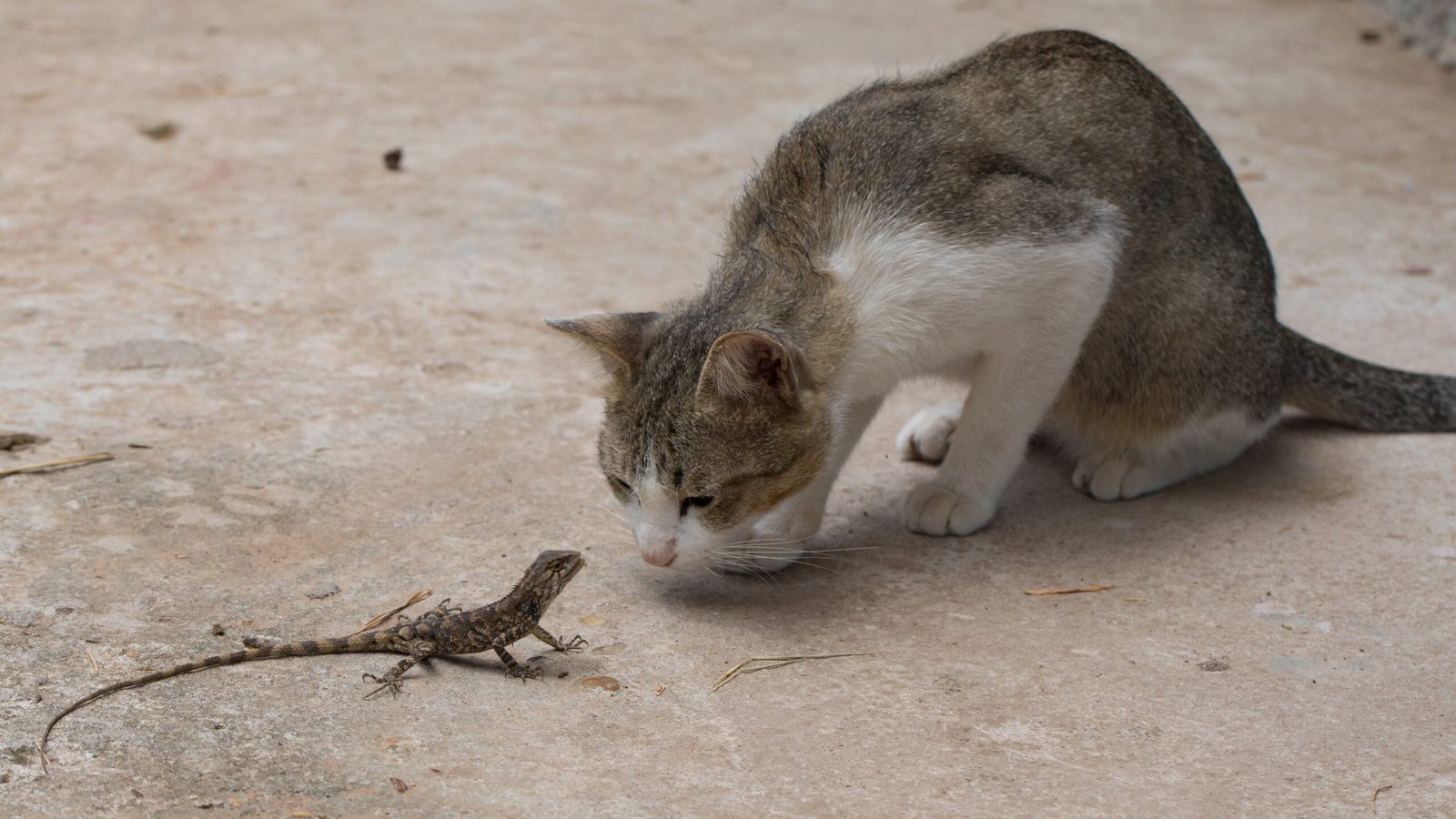
A truly happy cat is curious and eager to investigate the world around them. You’ll notice them sniffing new objects, climbing onto furniture, or peeking into open cabinets. This active interest in their surroundings shows confidence and security. Bored or unhappy cats are often withdrawn or hesitant, but happy cats greet change with enthusiasm. Providing new toys, boxes, or safe access to windows can further stimulate their natural curiosity. Each exploration is a mini-adventure, and watching your cat navigate their kingdom with excitement is a joy in itself.
They Eat With Gusto and Maintain a Healthy Appetite
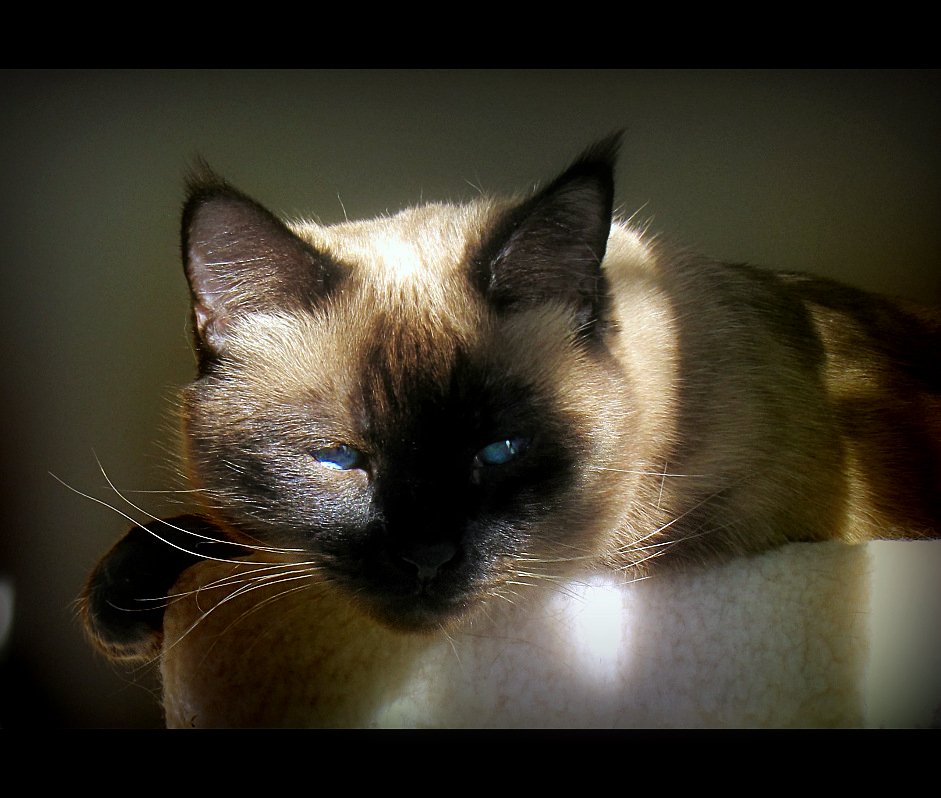
Happy cats enjoy their meals and show enthusiasm at feeding times. You’ll notice your cat coming to find you when it’s time to eat, sometimes vocalizing or rubbing against your legs impatiently. A healthy appetite is a strong indicator of emotional well-being. Of course, every cat has their preferences, but a happy cat usually finishes their food and may even show interest in treats or new flavors. If your cat consistently eats well and maintains a healthy weight, it’s a positive sign they’re content with their life and routine.
They Sleep Soundly and in Unusual Places
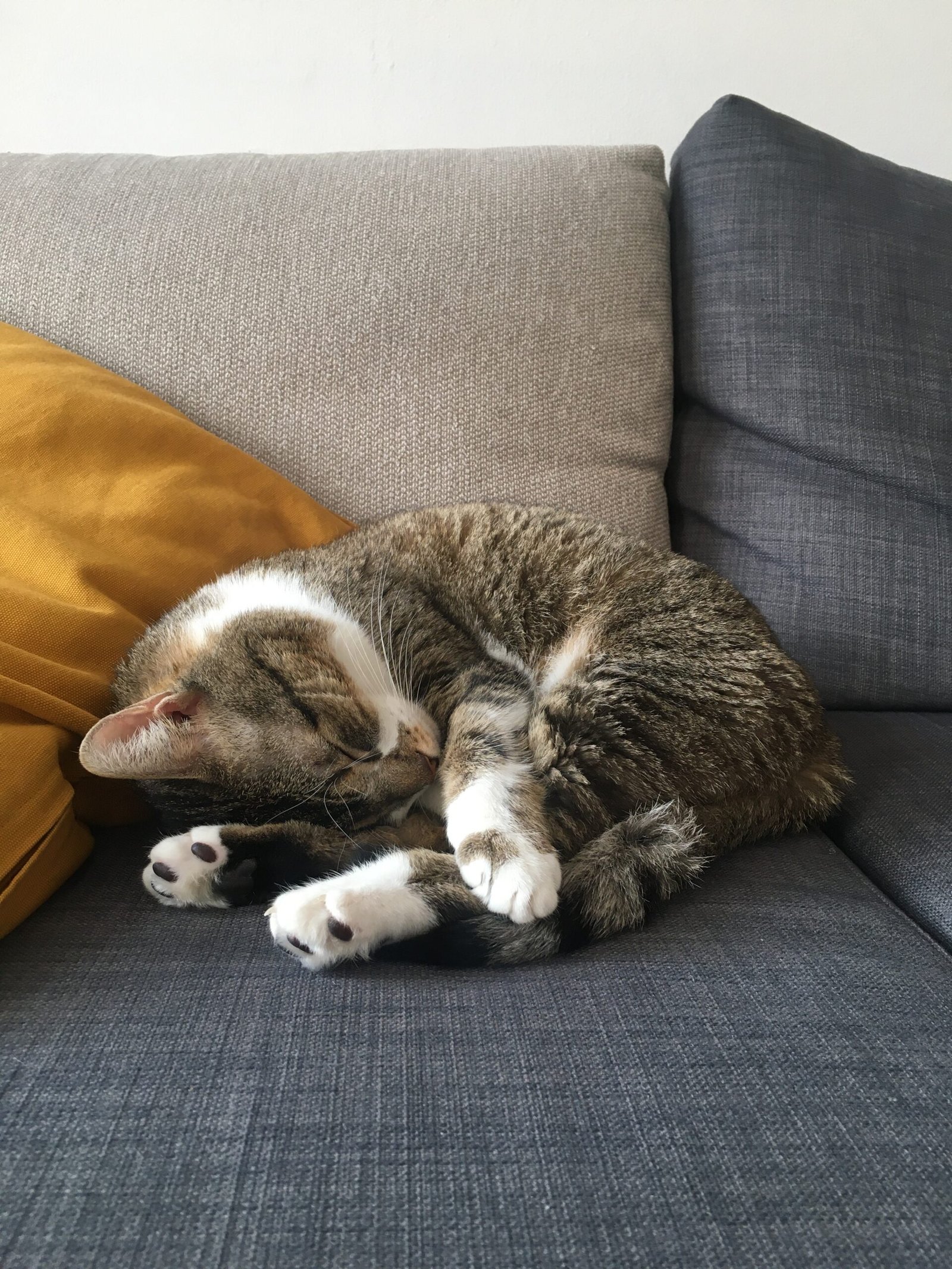
Content cats sleep deeply and often seek out cozy, sometimes unexpected spots. You might find your cat napping in sunbeams, on top of bookshelves, or tucked into your laundry basket. The variety and creativity in their sleeping spots reflect a sense of security and happiness. Cats may also choose to nap near you or on your belongings, further emphasizing their attachment. Deep, restful sleep, often accompanied by twitching whiskers or paws, signals a mind and body at peace. Happy cats cherish their beauty rest, and a well-rested kitty is usually a joyful one.
They Initiate Affectionate Contact

When a cat is truly happy, they seek out moments of affection on their own terms. You’ll notice gentle nudges, paw taps, or even insistent headbutts when they want your attention. Some cats softly paw at your hand or climb into your lap, while others prefer to snuggle next to you or press their nose to yours. These small gestures are their way of saying, “I feel close to you.” Happy cats don’t just tolerate affection—they ask for it. Recognizing and responding to these invitations deepens your bond and ensures your cat feels loved and secure.
They Exhibit Calm, Confident Body Language

The overall posture of a happy cat is a study in relaxation and confidence. You’ll see loose, unhurried movements, upright ears, and soft, blinking eyes. Their body is neither tense nor hunched, and their breathing is slow and steady. Even when alert, a happy cat’s movements are purposeful rather than skittish. You might notice them lounging with one paw tucked under their body or rolling onto their side in the middle of the room. All of these signals point to an inner calm that comes only from feeling secure and happy in their home.
They Form Strong Bonds With Other Pets
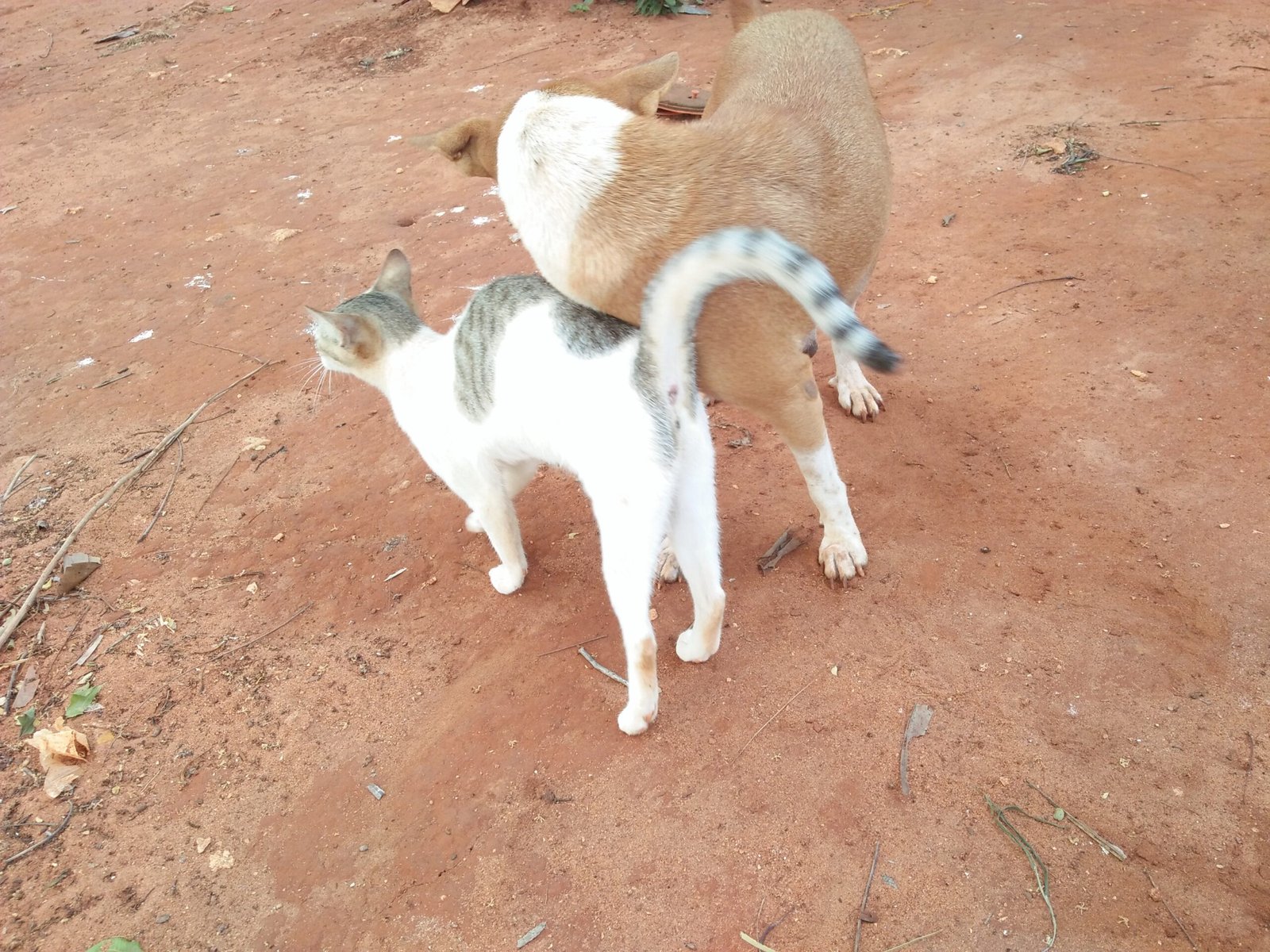
Truly content cats often develop positive relationships with other animals in the household. You might notice your cat snuggling with a dog, playing gently with another cat, or even grooming a rabbit or ferret. These interspecies friendships are a testament to your cat’s happiness and confidence. Social cats may sleep in piles, share toys, or engage in playful chases with their animal companions. Harmony among pets is never guaranteed, but when it happens, it’s a beautiful sign that your cat feels safe, loved, and thoroughly happy in their environment.
Hi, I’m Bola, a passionate writer and creative strategist with a knack for crafting compelling content that educates, inspires, and connects. Over the years, I’ve honed my skills across various writing fields, including content creation, copywriting, online course development, and video scriptwriting.
When I’m not at my desk, you’ll find me exploring new ideas, reading books, or brainstorming creative ways to solve challenges. I believe that words have the power to transform, and I’m here to help you leverage that power for success.
Thanks for stopping by, Keep coming to this website to checkout new articles form me. You’d always love it!






